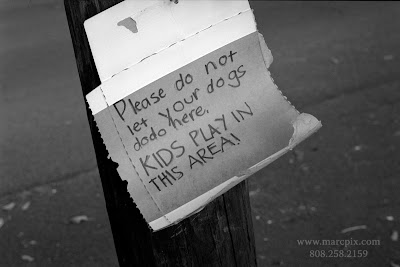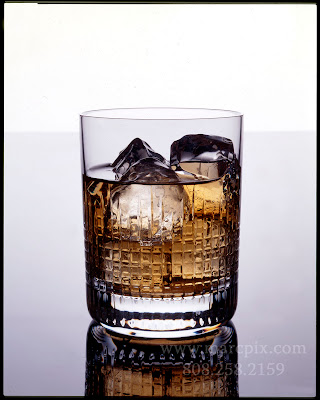
I am having a love affair with Leica cameras and film at the moment.

I shot the above image on Kodak 400CN (monochromatic film processed in C-41) with a Leica M6 and 35mm Summicron. I dig the graphic organic-ness of this image.

Here is another black and white shot with the M6 and a 50mm 1.4 lens.
Everything becomes surreal…not so completely real like on a digital file.
The Leica M6, for those of you who don’t know, is an old fashion rangefinder cameras which is completely obsolete and awkward to use. The technology hasn’t changed since it’s inception in the 1920s makes it terribly horrible to focus, load film, and see through. Yet its the camera that Garry Winogrand, Henri Cartier-Bresson, and Eddie Adams used to make some of the worlds best photos. Adams shot the famous Vietnam era shot of the Viet-cong guerilla being shot on the street in Saigon.

Leica has a wonderful history and holds a cult status among photographers and collectors. Most people purchasing Leicas these days are doctors and neurotic collectors who drive prices up on the used market. Collectors fond over the mechanics and ooh over the superb lenses yet none of these collectors don’t make a living off their cameras. They mostly shoot images of people walking down the street, bus stop benches with deep shadows, and their cats. Just look at rangefinder websites and the likes. They are hilarious!
Ironically, I don’t blame most of these people cause it is harder than hell to focus a Leica so bus stop benches and lazy cats do make good models!
There are so many alternatives that are completely and utterly cheaper but nothing seems to replace the fact that you have a Leica.

Ala Moana Beach park swim race. 35mm F2, Kodak 400CN.
The first day I took the camera out on the street, I had several people stop me just to talk about the actual camera. People respect the Leica. Now digital is a different story.
Digital has completely surpassed film in almost all aspects although many people would contradict my statement until they are blue in the face.
I equate the decline of film with the decline of painting…sure we’d all love to have a painter brush a portrait of us but who’s got the time. Film and processing, like painting, is starting to fall to the wayside. With digital…you can basically, aim, shoot, download, and print (email/ftp to a client.) How simple is that? And digital files are just so dynamic. So easy to manipulate and use.
There are many non-professionals who declare film the only medium as film equals photography. Many pros feel the same; however, most pros all use digital because of the workflow aspects and clients insisting on more images, less cost, and quick turnaround.
Its not so much that digital is better but magazines and other clients all want and really fast turnaround and, in my opinion, push the cost of digital upon the photographer so they don’t incur the expense of film and processing, an expense usually picked up by a magazine or agency in the past.
Yet…the art of film is still something wonderful and unique. I regularly shoot medium format and I am slowly sinking back into large format photography. Film is unique. The feel, look, and imperfections. Digital designers are focused on creating a “perfect” image. An image with unlimited dynamic range, no grain, and quality that surpass the largest film sizes available. Film isn’t perfect…it shows flaws and has limitations. Life isn’t perfect so why should our images be? There are now cameras that can shoot at 3200 or higher ISOs and push out nearly flawless imagery. Digital does as well when you push the files past their apex but film’s optimal point is quiet lower.
I remember a few years back when digital was truly taking over the industry, not just the cameras but when photoshop conquered the industry. There was a cover shot of Madonna where retouchers made her look like she was 16 yrs old with perfect skin hair, etc… I don’t want to get on a tangent about how retouching celebs gives the public a false sense of beauty but digital camera makers tend to show this mentality when creating sensors that make almost everything perfect.
But do true photographer or artist really want that super or rather hyperrealism of a digital file. Images shot on high end digital camera backs ($20,000 and up) are producing images that are amazing. But is the photographer making a wonderful image or is it a computer tech using fancy software to create perfection?
Film is on the decline as sales are falling but there is a steady group of people who are not ready to throw it all away.

This set of images was shot for the New York Times and I had the luxury to shoot both film and digital. The color files were shot on a Canon 1Ds Mark II (16 mb) with a 24-70 F2.8 lens. The bw was shot on a Mamiya RZ, 110mm lens and Kodak Tri-X shot at 200 ISO. I see a difference. I see depth and feel to the black and white. I see emotion and feeling within the nitrocellulose coated with a light-sensitive emulsions.
Don’t get me wrong. The digital files are great. Digital was for the client. Film was for me.









